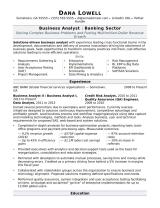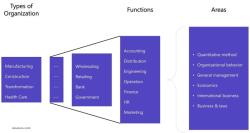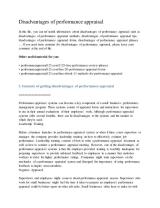What is the most basic form of ownership in a corporation?
The most basic form of ownership in a corporation is common stock. Common stock represents equity ownership in the corporation and typically comes with certain rights and privileges. Here are some key characteristics and explanations of common stock:
Ownership Stake: Common stockholders are shareholders who hold common shares, and they have an ownership stake in the corporation. This means they have a claim on the company's assets and earnings.
Voting Rights: Common stockholders often have the right to vote in corporate matters, such as electing members of the board of directors and approving major corporate decisions. The number of votes each common share carries is usually proportionate to the number of shares held.
Dividends: Common stockholders may be entitled to receive dividends, which are typically paid out of the company's profits. However, dividend payments are not guaranteed, and they are at the discretion of the company's board of directors. Common stockholders are considered residual claimants, meaning they receive dividends after other obligations, such as preferred stock dividends and debt payments, are met.
Limited Liability: Common stockholders generally have limited liability, which means their personal assets are protected from the corporation's debts and legal liabilities. Their liability is typically limited to the amount they have invested in the common shares.
Risk and Reward: Common stockholders participate in both the risks and rewards of owning a share in the corporation. If the company performs well, the value of common shares may increase, allowing stockholders to profit. Conversely, if the company's performance declines, the value of common shares may decrease.
Transferability: Common shares are often easily transferable, allowing stockholders to buy or sell their shares in the stock market or through private transactions. This liquidity makes it relatively simple for stockholders to enter or exit their investment.
Residual Claim: Common stockholders are considered residual claimants because they are the last in line to receive assets or earnings if the corporation is liquidated. After all debts, preferred stock dividends, and other obligations are satisfied, common stockholders receive their share of remaining assets.
It's important to note that while common stock provides ownership and potential financial benefits, it also carries greater risk compared to other forms of investment in the corporation, such as preferred stock or bonds. Common stockholders are at the bottom of the hierarchy in terms of claims on the company's assets and earnings, and their returns are directly tied to the company's performance in the stock market.
Common stock is the most prevalent type of equity ownership in publicly traded corporations and is typically available for purchase by individual and institutional investors in stock exchanges.
The Building Blocks of Corporate Ownership: Understanding the Basics
Corporate ownership is the legal relationship between a corporation and its shareholders. Shareholders are individuals or entities that own shares of stock in a corporation. Shares of stock represent a fractional ownership interest in the corporation. The more shares of stock a shareholder owns, the greater their ownership stake in the corporation.
Corporate ownership is governed by the corporation's charter and bylaws. The charter is the corporation's founding document and sets forth the basic rules of the corporation, such as the purpose of the corporation and the number and type of shares of stock that can be issued. The bylaws are the corporation's internal rules and regulations and govern things like the election of directors and the conduct of shareholder meetings.
Ownership in a Corporation: The Most Fundamental Form Explained
The most fundamental form of corporate ownership is common stock ownership. Common stockholders have voting rights and the right to receive dividends, if declared by the board of directors. Common stockholders also have the right to inspect the corporation's books and records and to sue the corporation for mismanagement.
Preferred stock is another type of corporate ownership, but it is less common than common stock ownership. Preferred stockholders typically do not have voting rights, but they have the right to receive dividends before common stockholders. Preferred stockholders also have the right to have their investment repaid before common stockholders in the event of the corporation's liquidation.
Corporations 101: Grasping the Concept of Ownership
Corporate ownership is an important concept to understand because it gives shareholders certain rights and privileges. Shareholders have the right to vote on corporate matters, such as the election of directors and the approval of major corporate transactions. Shareholders also have the right to receive dividends, if declared by the board of directors.
Corporate ownership is also important because it gives shareholders the right to sue the corporation for mismanagement. This right helps to ensure that the corporation is managed in the best interests of its shareholders.












